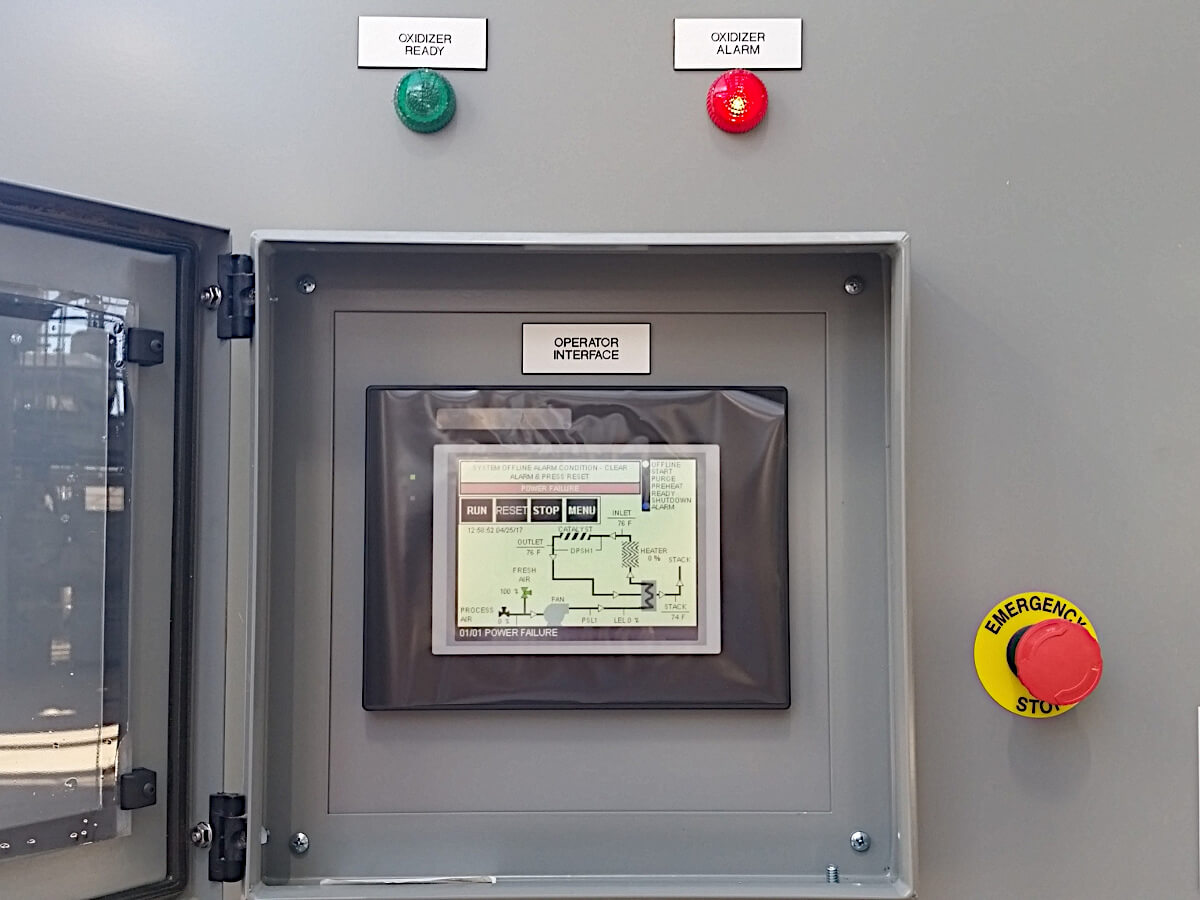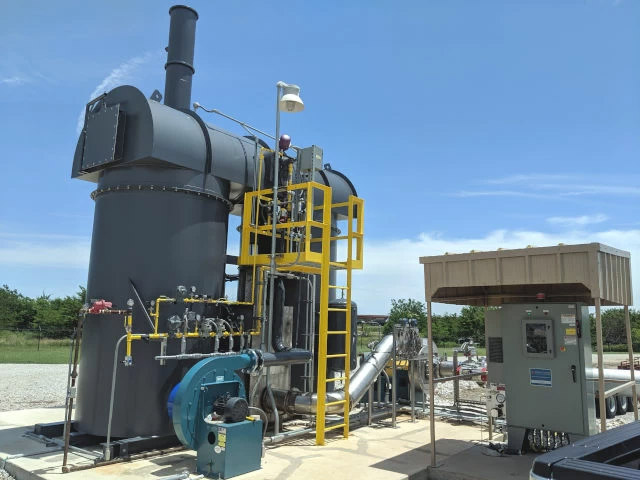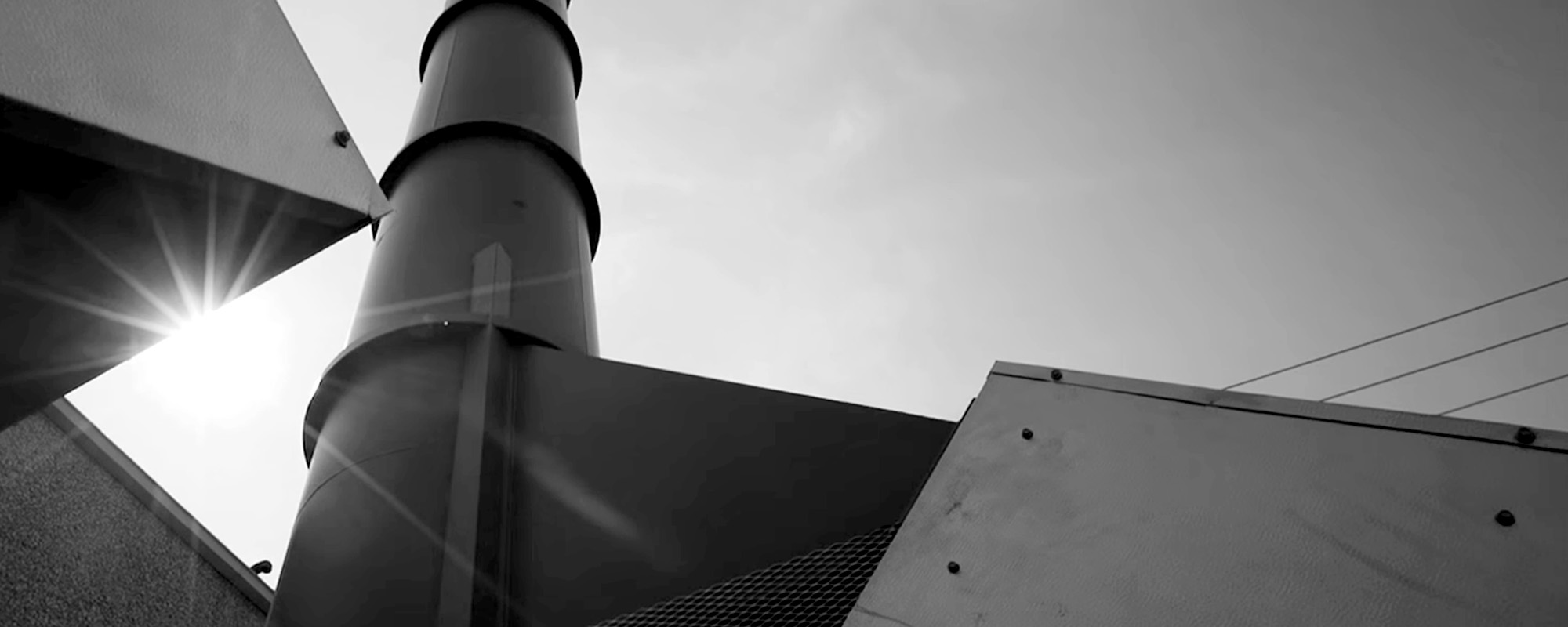Download a PDF version of the article.
If you are like many manufacturing engineers today, you may think the legacy controls on your air pollution control equipment are working well enough. But, is the production output as good as it could be if the reliability of your oxidizer or scrubber were increased? What about other key factors like safety improvements, cost savings and looming system obsolescence? When it comes to control systems and air pollution control equipment, the old saying, “If it ain’t broke, don’t fix it,” is risky advice. Here are five reasons why you should consider upgrading your control system.
1. Reliability and Uptime
When an unforeseen issue with your air pollution control equipment suddenly throws you out of compliance with your air permit, manufacturing comes to a halt. Aside from the production loss that results, you also face the repercussions of noncompliance with environmental regulations. Due to tightening compliance standards, increased enforcement, and heightened community pressure, the consequences of exceeding your air permit can be severe. For many plants, unplanned downtime is a full-blown emergency that grows more costly and problematic with every minute.
Improving the reliability of your oxidizer or scrubber by upgrading its control system is one way to avoid violating your air permit and thereby keep your plant online. Often, an upgrade can achieve payback via increased uptime and performance efficiencies within a year or two of installation. Also, product quality may improve because a more automated system ensures more consistent output.
2. Safety Updates
The applicable requirements of NFPA standards, UL listing, the National Electric Code and local codes are governed by the date your equipment was manufactured and installed. This means that while your control system may currently “meet code,” it could lack modern safety improvements like stringent safety interlocks and touch-safe components.
These criteria are codified into the standards because they help improve personnel and plant safety. For instance, safety interlocks help prevent hazardous conditions from getting out of hand and also adjust the system to a safe state quickly. This can prevent critical events such as fires, explosions and unplanned venting or other emissions. Other examples of safety improvements include finger-safe terminals that reduce the risk of electrical shock, panels that segregate high and low voltage components, and transformers that reduce working voltages on commonly serviced parts. Also, instruments can be added to monitor specific process variables for safety.
3. Troubleshooting and Ease of Operation
A system upgrade allows plant owners to capitalize on advanced automation capabilities that improve operational efficiencies and troubleshooting. For example, highly specific alarms with first-out annunciation and intuitive information screens provide troubleshooting tips and can help identify the potential root causes for the alarm. Using these screens, maintenance personnel can more quickly identify the cause of the shutdown, minimizing downtime and reducing maintenance costs.
Adding instrumentation and trending capabilities to an automation system for continuous condition monitoring also can help predict impending system shutdowns. This means a fix likely can be addressed during a planned maintenance event versus a repair during an unplanned shutdown.
Newer controls may be more user-friendly and can be custom designed for the average skill level of the plant’s operators, reducing training time and costs. Older control systems or equipment may require operators to work with multiple switches and push buttons in a highly specific, complicated sequence. Using a new panel equipped with a PLC and touchscreen, operators no longer need to understand and follow such a detailed sequence of operation. The PLC can output a repeatable, proper sequence for every mode of operation.
4. System or Parts Obsolescence
Many popular legacy platforms are being phased out of production and are no longer supported by the manufacturer. Some replacement parts are becoming increasingly difficult to source while other components are virtually obsolete. Your plant’s maintenance staff should not have to rely on eBay to keep the plant up and running. In addition, new technicians typically are inexperienced with older PLC software and legacy systems.
5. Market Competitiveness
A control system upgrade allows for better performance from your air pollution control equipment. Such performance, in turn, makes your company more efficient, flexible and able to adapt to dynamic market conditions quickly and cost-effectively.
If your company is leveraging advanced controls technology and the competition is not, your company can benefit from several advantages. (Of course, the reverse also is true.) As the Internet of Things (IoT) continues to interconnect computing devices and data collection, a plant with upgraded equipment is better able to share process information with other equipment in your value chain. Yet, installing the proper software to communicate with older control systems often is difficult and expensive.
Another key consideration involves potential changes to regulatory environments and compliance regulations. Air permits in certain industries and areas of the country now include requirements like the recording of specific process parameters (e.g., the chamber temperature of an oxidizer or differential pressure across a scrubber) to prove that the machine is consistently achieving the proper VOC destruction. If your permit is revised, you will want to be prepared.
Case in Point
Each of the five concerns outlined earlier became factors that helped one chemical manufacturing company decide to upgrade its control system for the air pollution control equipment.
Before the upgrade, the outdated control system on the existing regenerative thermal oxidizer was causing an average of two to three outages per month. Aggravating the problem was the absence of proper alarm annunciation or easily identifiable cause for the shutdown. Each outage cost the chemical manufacturer thousands of dollars in fines and lost production.
The facility also was experiencing difficulty with properly alternating redundant fans due to outdated PLC logic. While investigating this issue, the engineers discovered many undocumented and confusing portions of the PLC program. In addition, poor alarm notification and annunciation slowed troubleshooting, compounding the situation. Finally, because the oxidizer’s control system was built on a popular platform no longer sold or supported by the manufacturer, an upgrade was the only alternative.
Having recognized the need for an upgrade, the chemical manufacturer defined the requirements for the new system. In addition to operating the oxidizer reliably and efficiently, the new control system had to maintain communications with the plant’s distributed control system (DCS), interface with a remote annunciator panel, and collect data to help improve overall plant efficiency.
A custom-engineered solution with these capabilities was designed. A new HMI was installed that would send email notifications of alarms as well as send email system data reports at time- and event-based intervals. Ethernet interface cards were added to the existing VFDs that allowed key motor performance data such as the amount of torque used, motor speed and motor current drawn to be collected.
Because the chemical manufacturer has little tolerance for downtime, the installation had to be quick. Pre-construction and delivery equipment preparations streamlined the time onsite for final installation. For example, using PLC simulation software allowed the logic to be tested in a virtual environment in real-time before being on-site. As a result, everything was installed, tested and running in less than three days.
Since the installation of the new control system, the only unplanned shutdowns have been related to component failures in the field. In these cases, the plant reported that due to the detailed alarm messages, they were able to quickly identify and replace the faulty component and return the system online without affecting production — and before incurring any air permit fines.
In conclusion, control system upgrades can resolve many process equipment challenges. Controls systems providers often can accomplish an upgrade in phases, verifying the new code prior to commissioning, and taking other steps to streamline field installation. If your plant is operating with an older control system, consider the costs and benefits of a systems upgrade.



